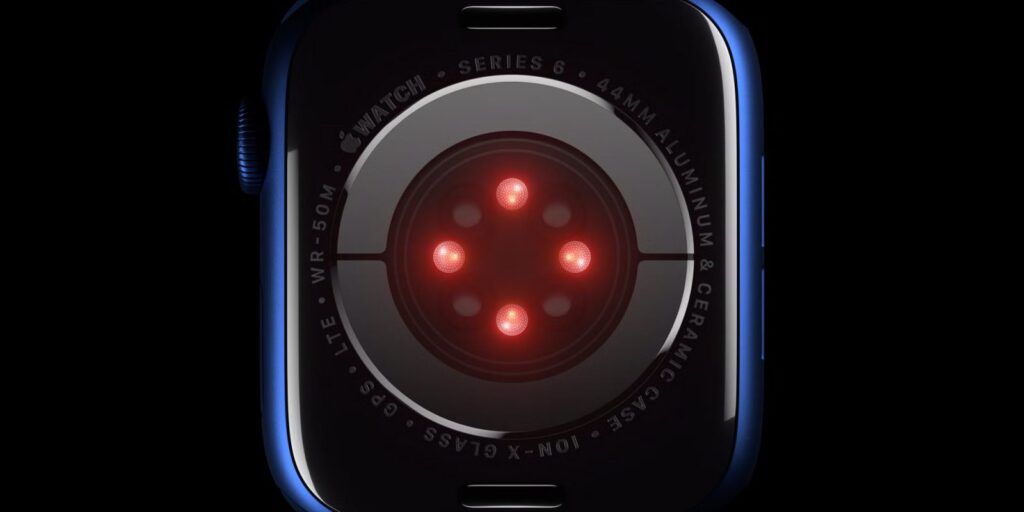
A recent study supported by Apple Inc. demonstrates that behavioral data collected from wearables can serve as a more effective health indicator than traditional biometric measurements. The research reveals that the newly developed Wearable Behavior Model (WBM) can flag various health conditions with an impressive accuracy of up to 92%, marking a significant advancement in health monitoring technology.
This study, titled Beyond Sensor Data: Foundation Models of Behavioral Data from Wearables Improve Health Predictions, stems from the Apple Heart and Movement Study (AHMS). The researchers utilized over 2.5 billion hours of wearable data to train the WBM. The findings suggest that higher-level behavioral metrics, rather than raw sensor data, can provide crucial insights into a person’s health status.
The WBM model diverges from previous health-related models that primarily relied on low-level sensor data, such as heart rate measurements from the Apple Watch. Instead, WBM focuses on behavioral metrics like step count, mobility, and VO2 max. These metrics are derived from the raw sensor data but are processed to highlight meaningful health trends and behaviors.
Significance of Behavioral Metrics in Health Monitoring
Traditional health monitoring often utilizes basic physiological data, which can be noisy and less representative of an individual’s actual health state. The study notes that while wearable devices collect vast amounts of raw data, much of it may not directly correlate with relevant health events. The WBM model aims to refine this data into actionable insights.
The study emphasizes the importance of distinguishing between static health states—such as a history of hypertension—and transient health states, such as sleep quality or pregnancy status. The researchers assert that behavioral data is particularly effective for these tasks due to its temporal resolution, which aligns better with human behavior patterns over time.
The WBM was trained using data from 161,855 participants in the AHMS. Rather than raw data streams, the model utilized 27 human-interpretable behavioral metrics, including active energy, walking pace, and sleep duration. The data was structured into weekly blocks and processed using an advanced architecture built on Mamba-2, which has demonstrated improved performance compared to traditional models like Transformers.
Performance and Future Implications
When evaluated against 57 health-related tasks, the WBM model outperformed a strong PPG-based model in 18 of the 47 static health prediction tasks and excelled in nearly all dynamic tasks, such as detecting pregnancy or assessing sleep quality. The only exception noted was in diabetes detection, where the PPG model proved more effective.
Combining both WBM and PPG data yielded the most accurate results overall. The hybrid model achieved remarkable accuracy in pregnancy detection at 92% and showed significant improvements in identifying sleep quality, respiratory infections, and cardiovascular conditions such as atrial fibrillation.
The study concludes that the WBM does not aim to replace existing sensor data but rather complements it. By capturing long-term behavioral signals while PPG monitors short-term physiological changes, the two models together enhance the ability to detect significant health shifts early. This advancement holds promise for improving individual health monitoring and potentially transforming the approach to preventive healthcare.
As wearable technology continues to evolve, studies like this highlight the potential for behavioral data to revolutionize health predictions and monitoring, paving the way for more personalized and effective health interventions.







